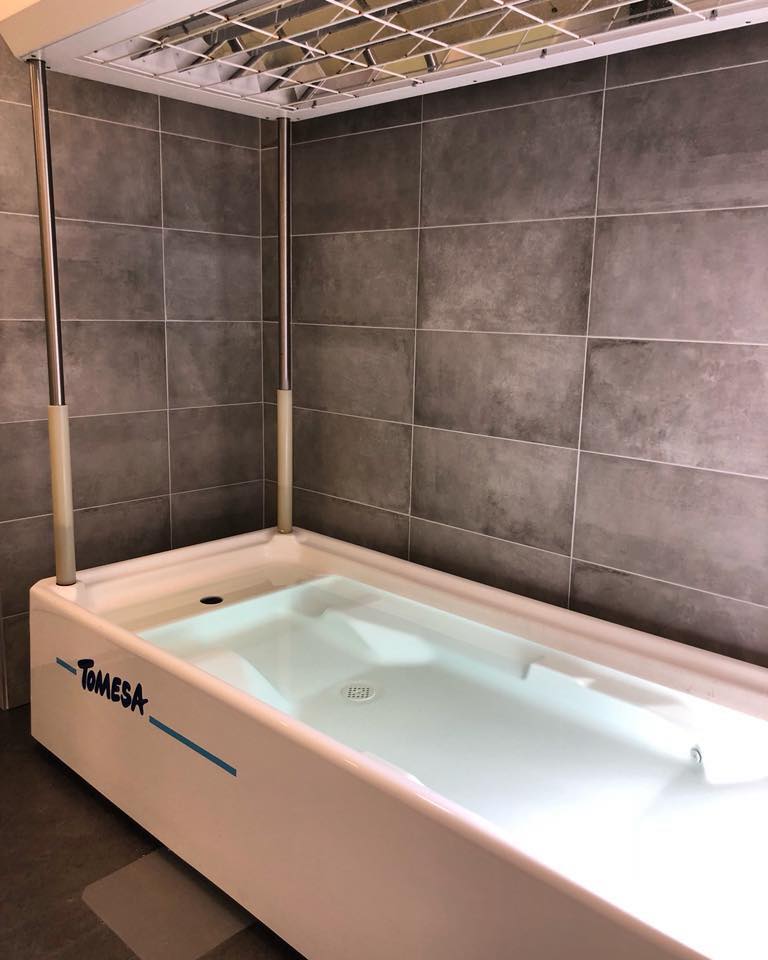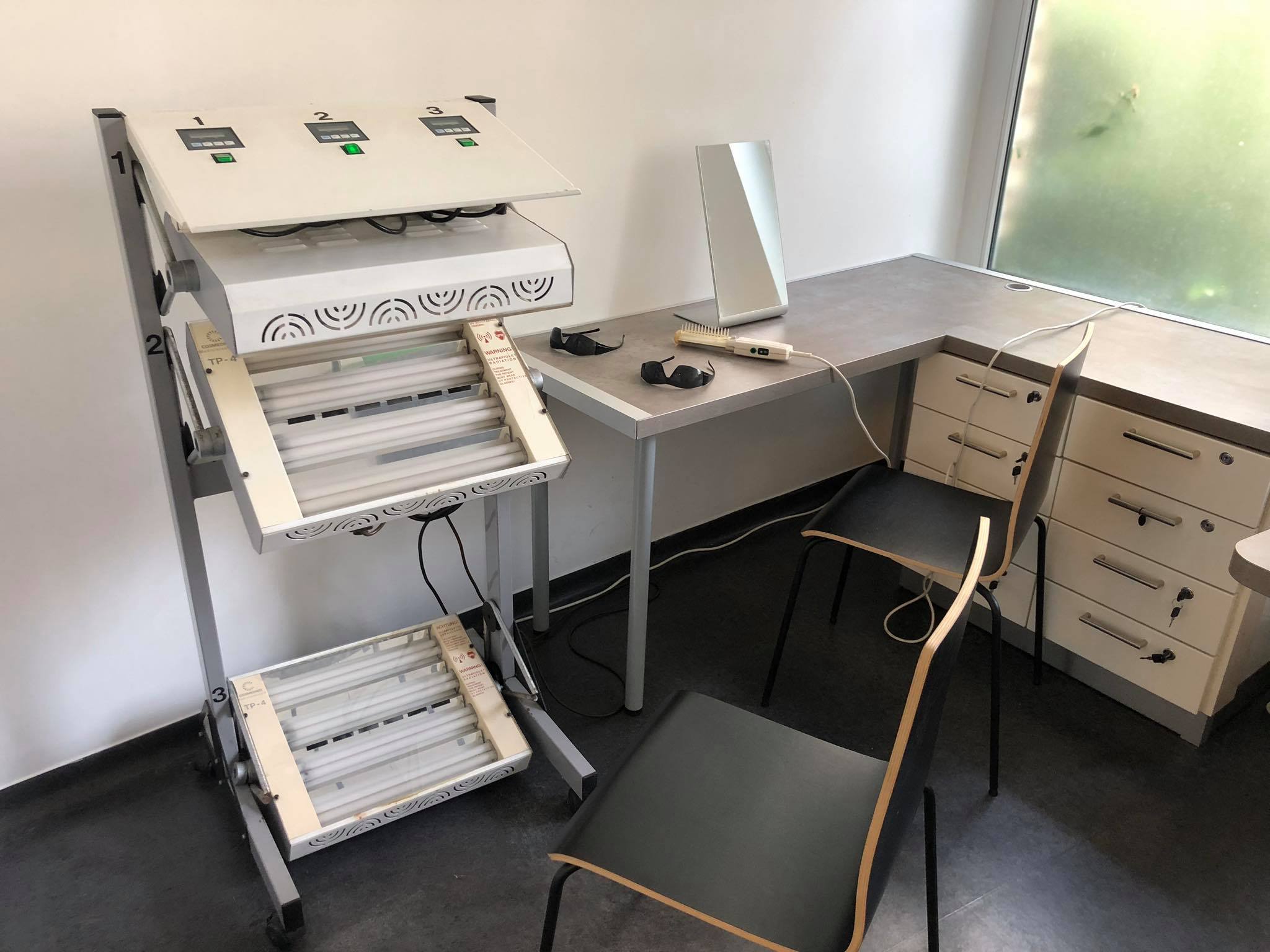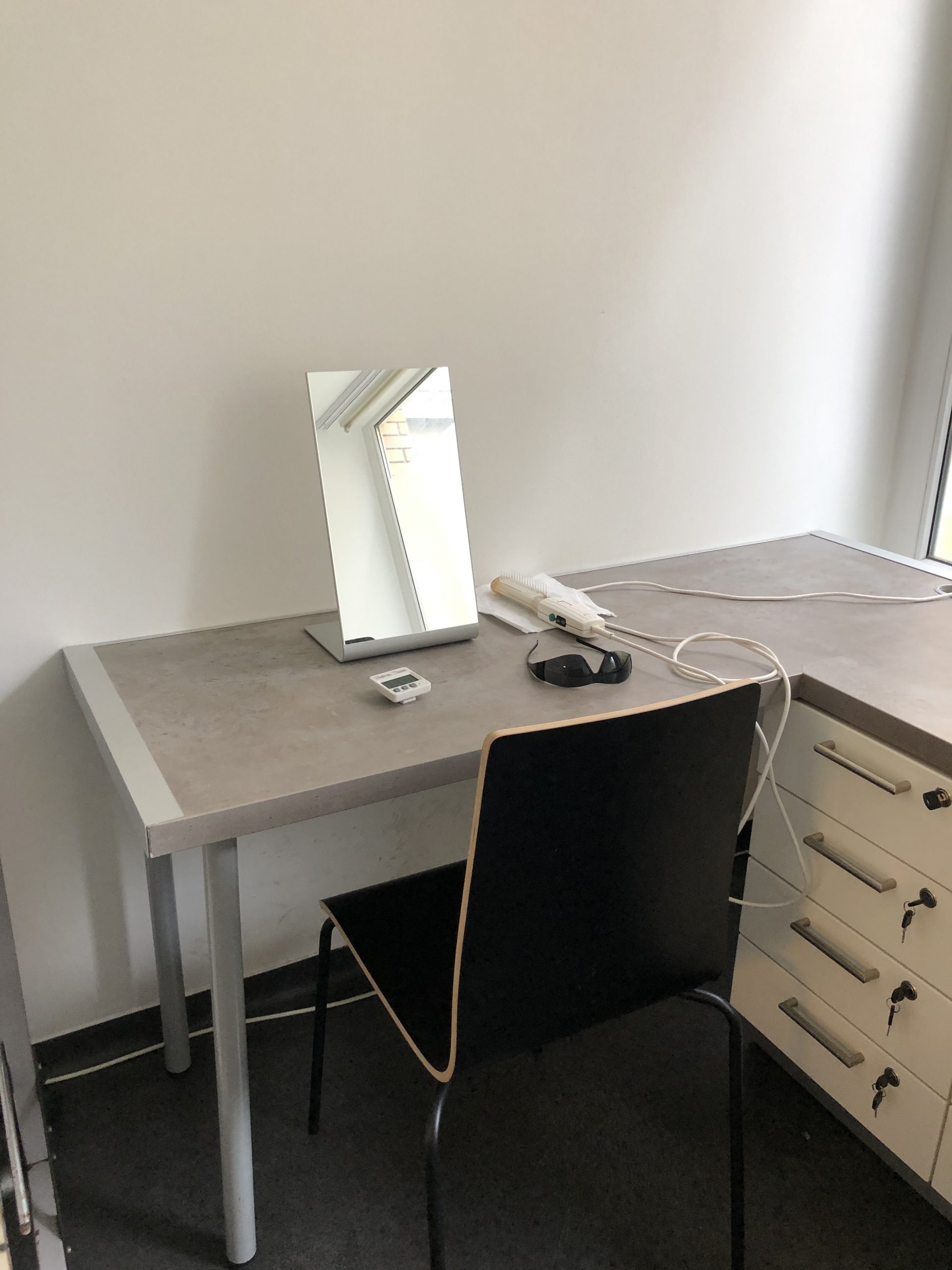services
Synchronous light-bath treatment
Local PUVA treatment
UV comb
General dermatology
What you should know about dermatological testing?
Dermatology deals with certain lesions, diseases, investigation and treatment of skin, hair, nails and visible mucous membranes.
Our skin, as your primary and signaling system, is exposed to environmental influences at all times of the year due to its surface size. Its condition serves as a mirror to the health of our body, so skin symptoms are often associated with other diseases of the body, and as an accompanying phenomenon draws attention to the underlying disease. Can’t stress enough the importance if the annual dermatology specialist examination, which plays a role in the early detection of lesions, the selection of appropriate therapy and healing,
The examination begins with the admission of the patient’s medical history, during which the dermatologist interviews the patient in detail about any symptoms, current and past diseases, extending to the family of dermatological diseases.
The recording of data is followed by a physical and device examination of the skin e.g. a dermatoscope (special microscope), which allows for insight into the upper layers of the skin and to observe changes in the skin that are not visible to the human eye.
The dermatologist will give you a personalized opinion, a treatment plan for the necessary intervention, inform you about the various treatments, procedures, and further guide you to another field of expertise.
What are the symptoms should be visited by a dermatologist?
-
In the event of change in the color, shape or size of an existing birthmark,
-
Blisters and rashes of unknown origin appear on the surface of the skin,
-
Allergic skin reaction, hives occur
-
Psoriasis, eczema
-
Viral warts appear e.g. on the fingers, back of the hand, torso or on sole,
-
Skin growths (fibroids) e.g. in body bends, in case of appearance on the neck
-
Nail fungus
-
Permanent hair loss, baldness
-
For elderly skin lesions
Psoriasis and forms of treatment
Psoriasis affects the skin, nails, hairy scalp, joints a and rarely begin, chronically active inflammatory skin disease affecting the mucous membrane. Symptoms of psoriasis may be so mild that they do not disturb the person, or they may be so severe that they significantly affect your quality of life. Especially under the influence of psychological stress, a flare-up in the characteristics of the disease.
For the treatment of psoriasis, a number of therapies have been developed, however, there is not yet a drug or procedure that would cause a permanent cure.
With phototherapy methods at our disposal, long asymptomatic period can be achieved, thus ensuring a better quality of life for patients.
The purpose of psoriasis treatment: detachment of psoriasis, reduction of inflammatory processes and restoration of the mutation process of epithelial cell in areas affected by psoriasis.
The choice of treatment depends on whether the disease covers s significant part of the body surface area or whether it is a local phenomenon.
Special goggles are mandatory during the duration of the treatments!
Conditions that prevent treatment:
- Age under 16
- Pregnancy
- Occurrence of any infectious disease, infected skin symptoms or open wound
- Taking a medicine that provokes psoriasis
- The presence of malignant skin cancer or if such a disease has occurred in the past
- Serious internal disease, untreated hypertension
Synchronous light-bath treatment – symptoms throughout the body, as well as atopic eczema and vitiligo (white-stained pigment deficiency) disease
During this treatment, a computer-controlled device, while bathing in Dead Sea salt water, creates a useful component in the healing of natural sunlight with a special UV-B 311 narrow spectrum lamp.
The number of initial doses to be used and the extent and speed to which it can be increased shall be determined individually by a specialist pre-treatment examination. (called. Determination of erythema threshold)
To ensure treatment is effective, the patient is treated 3-4 times a week (on average 30 minutes per session).
The national Health Insurance Fund Manager (NEAK) finances 25 treatments per year for patients.
Cures should be pre-planned to ensure symptom relief for the annual holidays, for the longest symptomless period.
The basic condition for the success of the course is the regularity of the treatments and following the advice of the doctor who directed the treatment.
In order to stabilize the good skin condition thus obtained, the basic treatment is replaced by maintenance treatment. In case of transient symptoms after starting the basic course, there is a spectacular improvement in the degree of scaling. Subsequently, a slower but steady improvement is expected. Optimally, skin symptoms regress over a longer period of time by leaving behind transient residual symptoms (darker pigmented spots).

Procedure for treatment:
1) Check-in at the reception at the scheduled time
2) Undressing, showering
3) Wearing special goggles
4) Getting in the tub, following the instructions of the operating machine and the assistant
5) Showers are not mandatory after treatment, but it is possible
6) Getting dressed
7) Arranging a new appointment at the reception
Local PUVA treatment – scalp, face, hand, legs
UV-A rays are used during PUVA treatment, which is not effective enough on its own therefore it is necessary to use psoralen.
We use two forms:
- Wet: aqueous medium for photosensitization. The patient places the legs and hands in the tub containing psoralen solution, in which the patient spends 20 minutes. Then the patients places his/her face and/or limbs on the UVA light panels.
- Creamy: pre-treatment, the patient is provided with the cream, which should be applied to the face, hands, feet immediately before treatment.

UV comb
PUVA treatment with UV-A light is ideal for treating scalp and smaller. Circumscribed areas, as the UV tube is built between comb teeth rows at a safe and comfortable distance.

